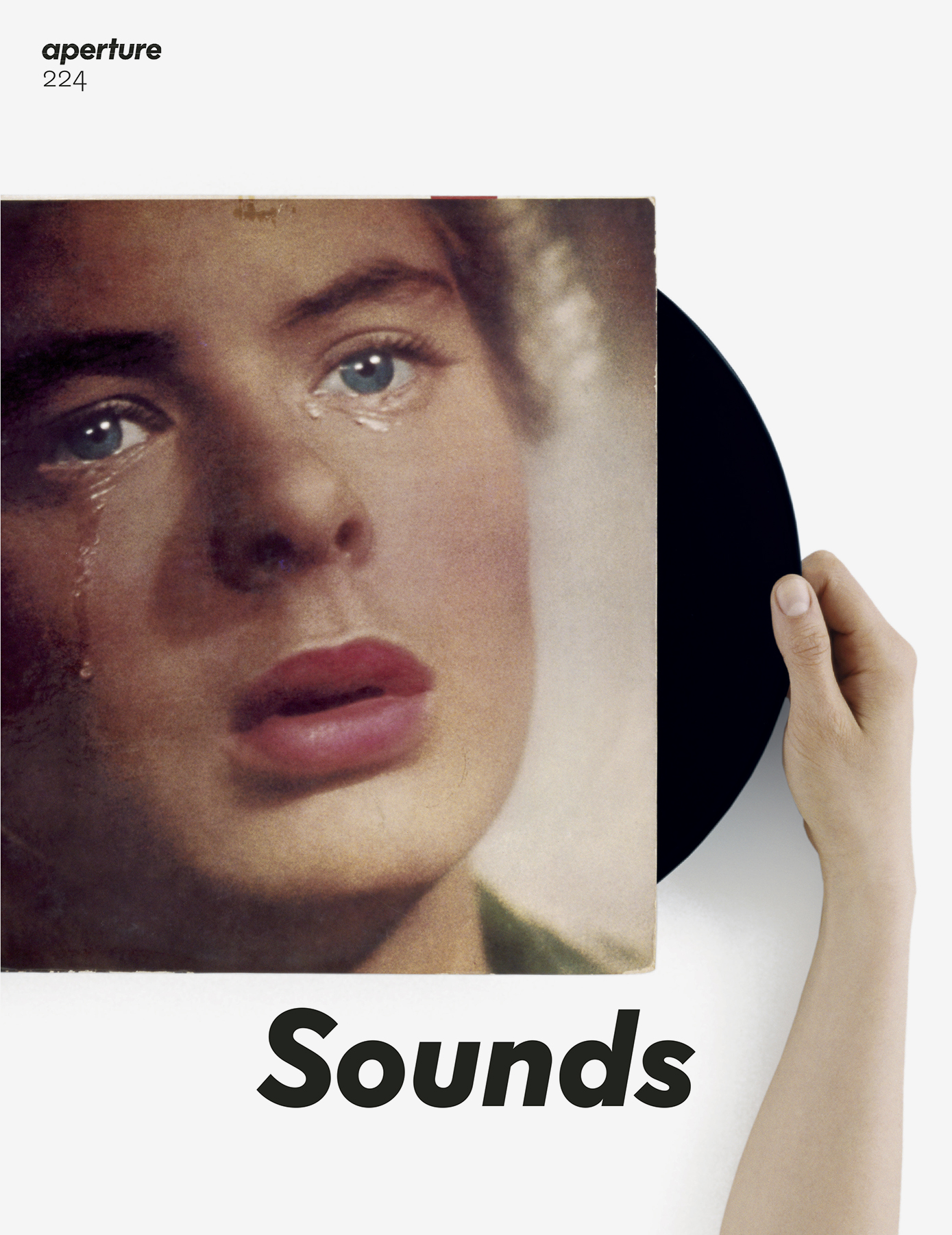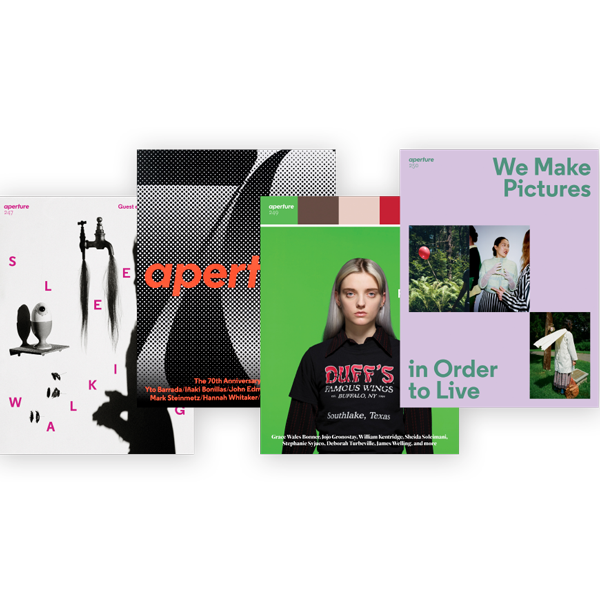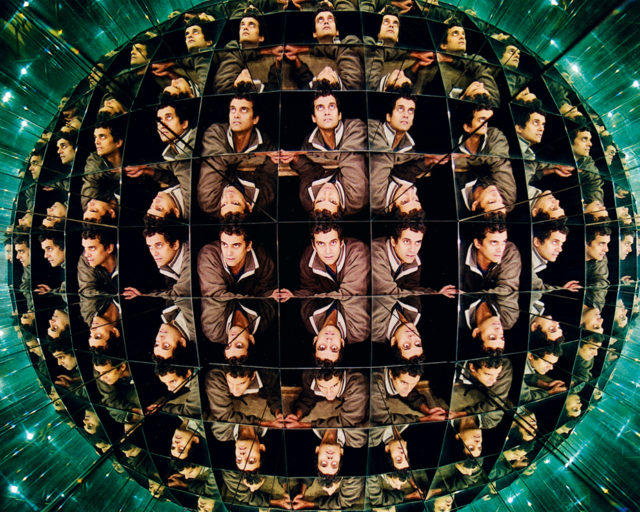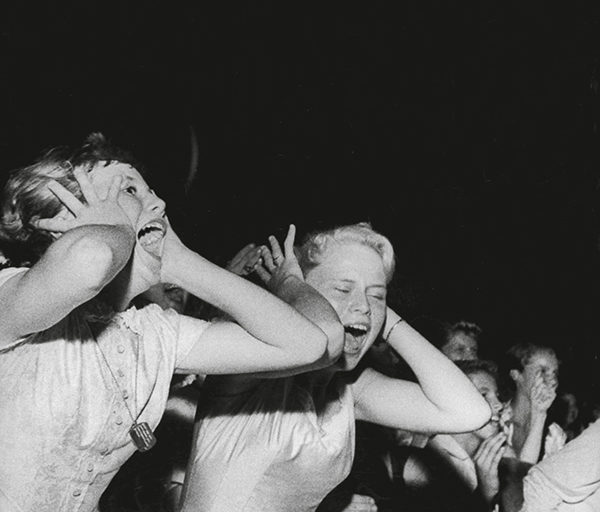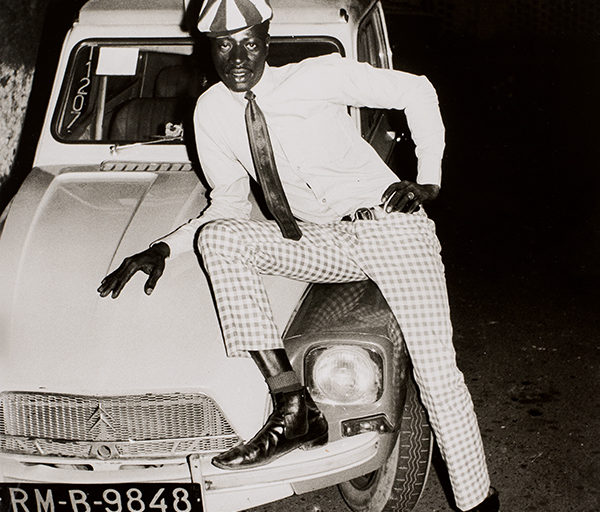Lucy Raven’s Sonic Journeys Near and Far
For the New York–based artist—whose practice incorporates photography, video, sound, installation, and performance—the research becomes the work itself.
Lucy Raven, Tales of Love and Fear, 2015
Lucy Raven wanted to get wired. Searching for the networks of power that hold up global communications and commerce, she traveled from a pit mine in Nevada to a smelter in China to trace the transformation of raw ore into copper wire, the conduit for transmitting energy. China Town (2009), the resulting photographic animation, combines thousands of still images with on-location ambient sounds, locked together by wild sync—sounds that correspond to an image, but are not actually synchronized. For Raven, a New York–based artist whose practice incorporates photography, video, installation, and performance, the research becomes the work itself. Following China Town, Raven used test patterns for film and sound as both raw material and subject matter, turning the spotlight on standards for picture and audio quality developed by the Society of Motion Picture and Television Engineers. Her experiments in 3D filmmaking yielded video installations that place stereoscopic photographs within immersive surround-sound environments. Connecting all of these disparate strands is the artist’s continuing exploration into the effects of technology and labor in the production of movies, as well as the poetic relationship between sound and image. In advance of the New York debut of her major installation Tales of Love and Fear (2015) at the Park Avenue Armory, in September 2016, Raven spoke with curator Drew Sawyer about sonic journeys near and far.

Stereoscopic photograph, custom-built projection rig, and sound, Installation view, Curtis R. Priem Experimental Media and Performing Arts Center, Rensselaer Polytechnic Institute, Troy, New York
Drew Sawyer: Thinking about sound and its relationship to images, let’s start with your work China Town, which consists of thousands of still photographs and a sound track, and explores the production of copper from a pit in Nevada to a smelter in China. It’s not a typical film. I’m curious about your choice to use still images with a separate sound track rather than working in a more traditional video format.
Lucy Raven: The choice to use stills came first. I’d been working on stop-action animations and exploring ideas of work and exhaustion. When I had the initial ideas that led to China Town, I was still thinking about those questions. I had a residency with the Center for Land Use Interpretation at their site in Wendover, Utah, in the middle of the Great Basin. I became interested in a copper mine called Bingham Pit, where Robert Smithson had proposed, but never completed, a reclamation project.
The other impetus comes from Paul Valéry, who suggested that just as we receive water and gas and electricity into the home from far off with a very minimal effort, one day we’ll be receiving images and sounds into the home, appearing and disappearing with barely a signal of the hand, hardly more than a sign. Now that Valéry’s idea has become commonplace, and wireless technology has made images and sounds coming into the home ubiquitous, the part of his construction that I found more abstract was how water, gas, and, in this case, electricity get into the home.
So I had an idea from the beginning that the images and sounds would “appear and disappear” using some form of animation. As I began to work on the edit, with my editor Mike Olenick, it started to become clear that the sound would need to be continuous alongside the disjunctive imagery. It becomes a means of orientation. Each recording was made at the same location where I took the images.
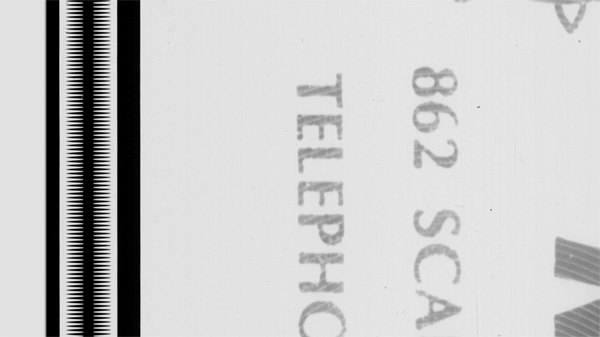
Sawyer: How did you go about recording? Obviously, when you were going to these different locations, you were taking the still photographs. Were you simultaneously recording sound?
Raven: I couldn’t do both at the same time, because my camera made an audible shutter sound, so I had to switch between the two modes. Luckily, most every process I recorded in the film happens twenty-four hours a day, seven days a week, so even though it sometimes required revisiting a site I hadn’t intended to return to, I was able to rerecord when necessary. I became very interested in experimenting with wild sync, which is when the sound corresponds to the image, but is not actually synchronized.
Since I was taking still photographs and animating them later, the process precluded the possibility of recording synchronous sound. So sound, at the beginning, was unhinged completely from the images. It could maintain a sort of loose association with what you were watching, or could be attached more precisely to actions depicted in images so the two correspond, or seem to. When you see a sequence of photographs of a truck dumping copper ore, you hear the sound of ore being dumped, but it might be from a trip I made months later to the same location. Of course, some places were more difficult to access, like the wire factory in Shenzhen, or the furnace in Tongling, both in China. At those times I was just trying my best to do both in quick succession.

Sawyer: In the tradition of documentary film, sound or text usually provides some sort of narrative that frames what one is seeing. It seems your use of sound doesn’t do that in a typical way.
Raven: My process involves figuring out how to strip down both the visuals and the sounds to what’s essential. You bring up the documentary tradition. As I assembled all the parts that eventually became China Town, I came to think of both the images and the sounds as records, or documents, of particular places and processes. That’s one reason I decided to record sound on location rather than use industrial sounds recorded elsewhere, or archival recordings. It was important to me to document the very particular production line I was following, and that neither the process nor the sites come to operate on the level of metaphor. Rather than explaining, or even understanding, this global commodity flow, I was more interested in how the form of the movie could relate to the gaps, inequalities, and intervals inherent in such a system. Nothing really comes together in the movie—the many parts of the production remain disjointed, as do the images. The sound becomes a through line.
Sawyer: Which is why your term animation makes so much sense, because in a way the sound is animating the images. That film makes me think of this idea of the “disassembled movie,” which Allan Sekula used to describe his piece Aerospace Folktales, from 1973. The work consisted of 142 photographs installed in a gallery like a filmstrip, and then four audio tracks played separately. This idea of the disassembled movie also relates to your work in the 2012 Whitney Biennial, RP47 (2012), and projects you’ve done at the Hammer Museum, like RP31 (2012), using test patterns, as well as purely audio works that are related, like 29Hz (2012). What led you in the direction of looking into cinema?
Raven: Working on China Town prompted a number of questions having to do with the relationship between still and moving images, and, more basically, how movies are made today.
The works you’re referring to started with an interest in motion capture that I saw as related to—in some ways the inverse of—how I’d shot China Town. I had a research residency at the Hammer, and I visited one of the motion capture studios used for big Hollywood films. The day I showed up, everyone had just found out that a huge amount of the work they were doing would be outsourced to India, specifically the backdrops and landscapes for the figures developed through motion capture. They would also be sending over films shot in 2D to be converted into 3D through a very elaborate process that involves the digital creation of a synthetic second-eye view for every frame in the film. I found myself confronted with what seemed like a twenty-first-century version of China Town. Here, though, the raw materials being exported from the American West to overseas were images— literally raw files, one for every frame of film. In the case of 3D conversion, what was being outsourced was actually the labor to produce the illusion of spatial depth.
I began trying to understand how 3D film works, and how it has developed technologically since its quite early invention. I found myself looking at 3D calibration charts, used to align dual 35mm projectors for 3D projection. The images were beautiful—the first ones I saw were clearly photographed from handmade paper maquettes that read “See with Left Eye” and “See with Right Eye.” I searched out more of these charts, and soon realized that there were charts used to calibrate and test most every type and gauge of film projector. This then led me to their sonic equivalent—test tones meant to play in an empty theater before showtime to calibrate the theater’s sound.
While I was researching and beginning production on the works having to do with Hollywood’s outsourcing of its images— the pieces that later became Curtains (2014) and then Tales of Love and Fear (2015)—I became interested in these charts as logging a history of the standardization of perception that was developed for optimal viewing and listening standards, yet born of economic, cultural, and technological conditions as much as for some notion of pristine image or sound.
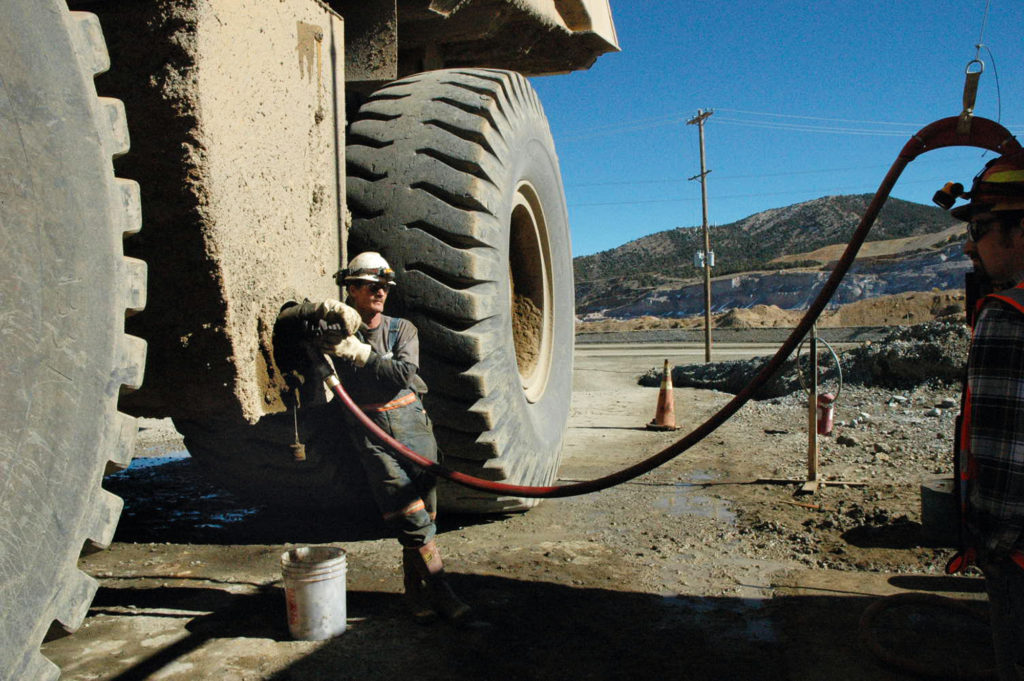
Sawyer: So 29Hz is the audio for test sounds.
Raven: Yes. I used twenty-nine different test tones in the work, and Hz is the abbreviation for hertz, which is the unit of frequency for sound. The RP in the filmic work titles is borrowed from the most common test pattern for 35mm film, RP40, where RP stands for recommended practices. In RP47, I included forty-seven different test patterns, and in RP31 there are thirty-one.
Sawyer: Does RP31 also have a sound track?
Raven: For RP31, you hear the sound of the 35mm projector that is running constantly, in tandem with a film looper, in the room. The presence and the sound of the projector is an important part of the installation. For RP47, I asked two genius friends, Jesse Stiles and Rob Ray, to design a software program for the work that would also enable me to add more images and sounds as I continued to find and archive them. The pairing of images and sounds in that piece is randomized, and the image stays up for as long as the duration of the sound file.
Sawyer: But they wouldn’t be related otherwise?
Raven: No, they are two different types of tests—one for sound, one for images.

Sawyer: So those projects led to Curtains, and then Tales of Love and Fear the following year, which both involve 3D images and surround sound.
Raven: Curtains consists of ten different scenes, each of which animates a stereoscopic photograph that I took in one of ten different postproduction facilities around the globe—from cities in Asia with very low labor costs to some of the most expensive cities in the world, such as London and Vancouver, where local governments offer studios massive tax breaks and incentives— that convert Hollywood films from 2D to 3D. In the piece, the stereoscopic image is split into left- and right-eye images using old-school anaglyph red-cyan separations. The two images come together from offscreen, briefly converge, then diverge again, passing through some strange intermediate zones of overlap that the eyes struggle, nearly involuntarily, to resolve. I recorded the sound in much the same way I approached it in China Town. The sound for each section is based on field recordings from each facility. They’re all office spaces, but the subtle differences between them register substantial differences in location, culture, and activity.
Tales of Love and Fear is a piece I worked on through a residency at the Experimental Media and Performing Arts Center (EMPAC) at Rensselaer Polytechnic Institute up in Troy, New York. The idea was to make a cinema for a stereoscopic photograph. In collaboration with EMPAC’s amazing production team, we built a rig that enables 360-degree rotation of two projectors over the forty-minute duration of the work. The rig acts as both 3D film projection apparatus and as a kinetic sculpture performing the architecture of the space.
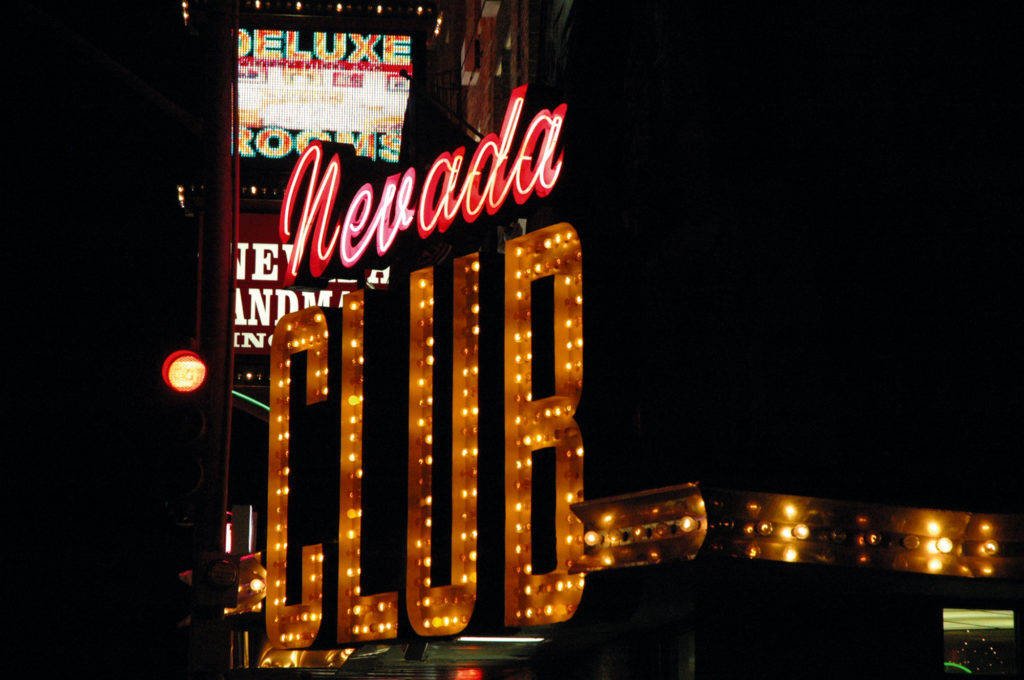
All works courtesy the artist
Sawyer: How are the image and sound related?
Raven: The image comes from a stereo photograph I took of bas- relief carvings at a site in India. One of the first sounds you hear in the piece is from a field recording I’d made while seeing a Bollywood horror film with a few friends. One of them, an actress, was translating to me in real time from Hindi to English—the film’s sound was pulpy and totally overblown.
So my friend is doing different voices while whispering the translations, people are screaming, and we’re eating popcorn and laughing. Paul Corley, a composer and sound engineer, worked with me to shape a score, a sonic journey from the Mumbai movie theater, into the film itself, and out the other side into a very different, nearly meditative drone state.
Sawyer: Your most recent project, Fatal Act (2016), involves, in part, the history of one sound in particular.
Raven: Yes, sound is an important aspect of Fatal Act, a new moving- image work I’m currently at work on with my research and production collective Thirteen Black Cats. The eventual film centers on the difficulty of imaging and recording the atomic. One scene includes the description of a CBS sound engineer tasked with providing sound for a nuclear-bomb test detonation in Frenchman Flat, Nevada, in 1951. Camera crews had been invited to film the explosion for television broadcast, but to escape fallout, they were necessarily positioned too far away to record sound. Given three turntables, twenty minutes, and the CBS sound library, the engineer improvised, using the slowed-down roar of an African waterfall to make the now iconic sound of an atomic chemical fireball.
This piece originally appeared in Aperture, issue 224, “Sounds,” under the title “Wild Sync.”










